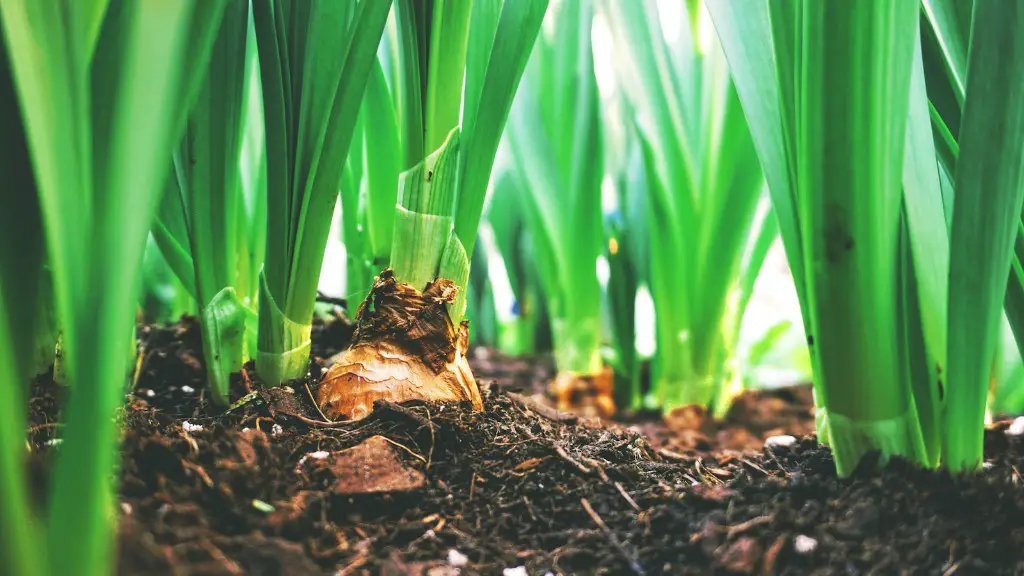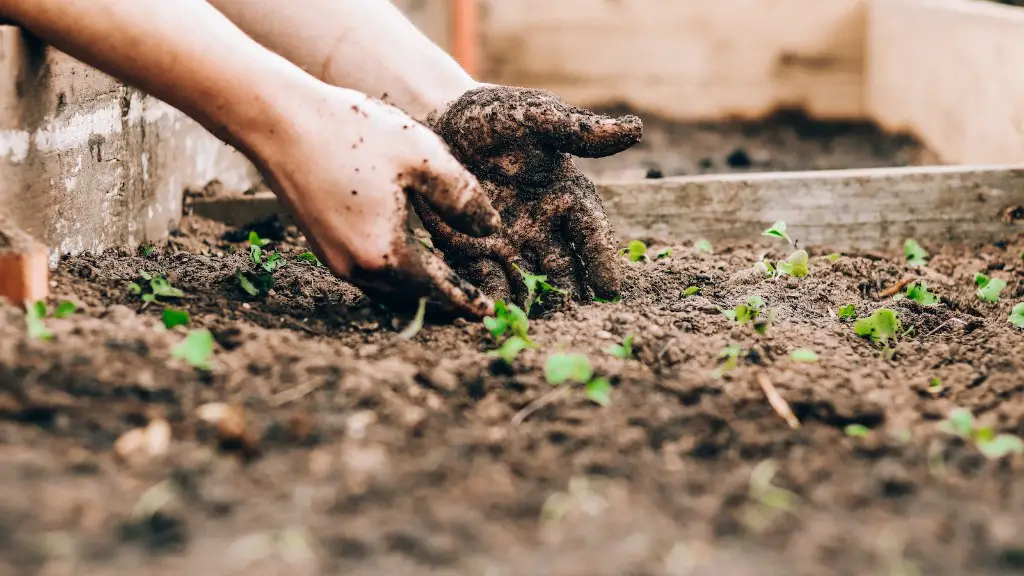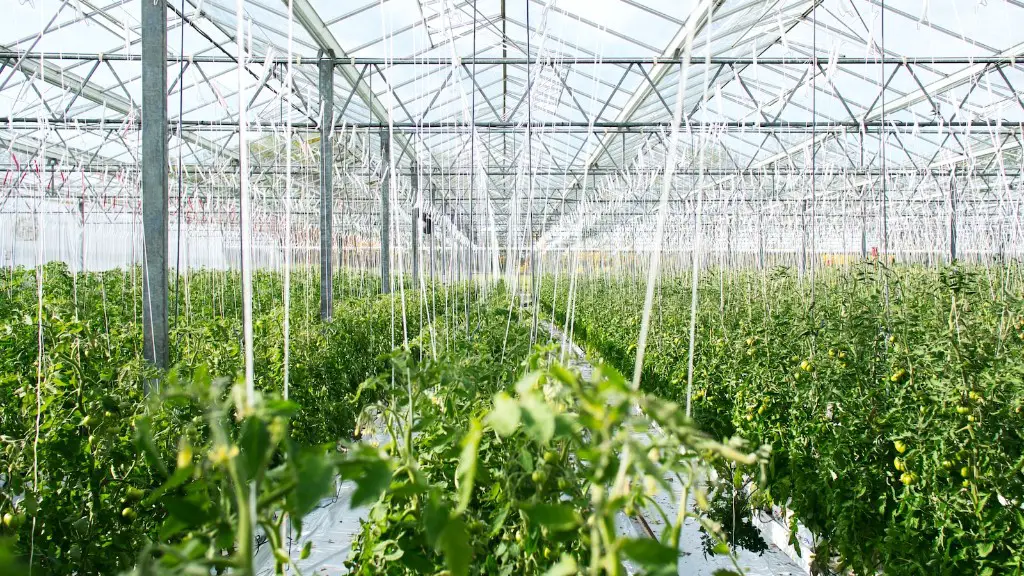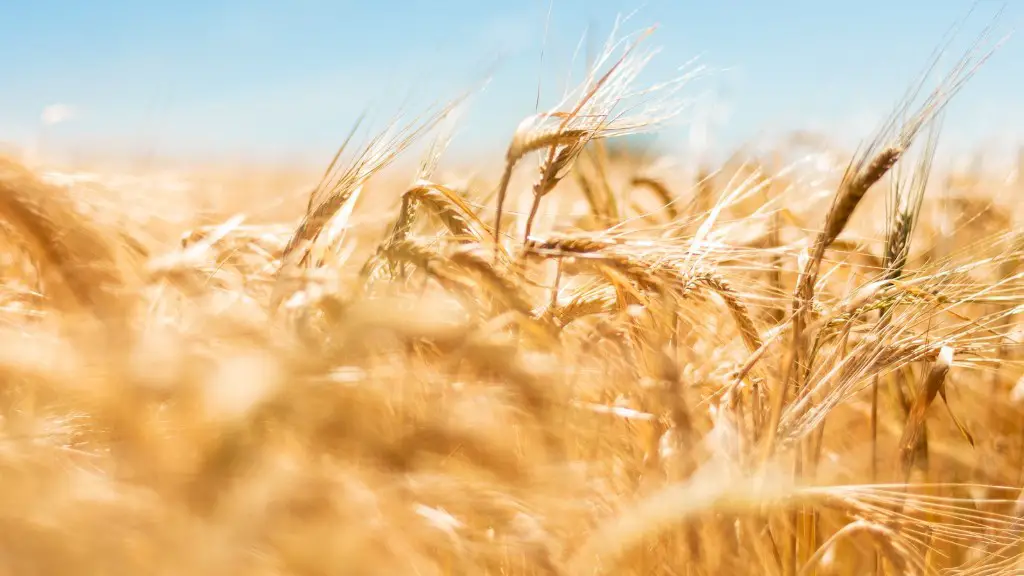According to the United States Department of Agriculture (USDA), “Urban agriculture is the growing of plants and the raising of animals within and around cities.” It is a means of producing food in close proximity to where people live, work, and play. There are many benefits to growing food in urban areas, including providing fresh, healthy, and affordable options for residents, create green space and beautify neighborhoods, and promoting community development and pride. Additionally, urban agriculture can help to reduce the carbon footprint of city dwellers by providing locally grown food that doesn’t have to be transported long distances.
Urban agriculture is the practice of growing food in an urban environment. This can be done in a variety of ways, such as on rooftops, in community gardens, or in small spaces in and around buildings. Urban agriculture can provide fresh, nutritious food for city dwellers, while also creating green spaces and promoting community involvement.
What is an example of urban agriculture?
Urban agriculture is a great way to get fresh, local produce and support the community. There are many different types of urban agriculture, from community gardens to rooftop farms. Vertical production, hydroponics, and aeroponics are all great ways to get started in urban agriculture.
Urban agriculture can offer increased access to healthy, locally grown, and culturally appropriate food sources. Having space to grow and share food is especially important in disinvested and underserved neighborhoods, where finding affordable fruits and vegetables can be challenging.
Growing food can also help build community and create a sense of place. gardens can be a gathering place for neighbors to share knowledge and skills, and connect with each other.
What are the three types of urban farming
Urban farming is an important way to provide food for city dwellers. There are many different methods of urban farming, each with its own benefits. Community-supported agriculture allows city residents to purchase fresh, locally-grown produce from farmers. City farmers’ markets provide a place for farmers to sell their products directly to consumers. Indoor farming allows farmers to grow crops year-round, regardless of the weather outside. Vertical farming takes advantage of unused space in tall buildings to grow crops. There are many other alternative methods of urban farming, each with its own benefits. By exploring all of the different options, we can find the best way to produce or deliver food in an urban environment.
So, what’s the difference between urban and traditional farming?
Urban farming is the agriculture of food in urban areas that is small space friendly, uses fewer water resources, fewer food miles, more sustainable packaging, and emits less GHG. Traditional farming, on the other hand, often takes up large amounts of land, uses more water resources, and emits more GHG.
What are 3 benefits of urban farming?
1. Urban farming can help tap into the growing local food trend.
2. It can help boost the local economy by creating new jobs and businesses.
3. Edible landscapes created by urban farmers can promote healthy communities.
4. Urban farming can help “green” your city by providing more green space and improving air quality.
5. It can also help improve the mental and physical health of city residents.
Urban agriculture is a great way to increase access to healthy, affordable, fresh produce and provide opportunities for communities to learn about nutrition and growing food. It encourages the community to know where food comes from, how it’s grown, and connect with the people who grow it!
What are the pros and cons of urban agriculture?
Urban gardening is a great way to provide fresh produce for a healthy lifestyle. Additionally, it can promote income production and small business expansion. The key benefit of urban agriculture is making fresh food more affordable. However, contamination is a concerning space-related problem. Maintenance costs can also be a challenge.
Urban agriculture can play a significant role in improving the food security, health, and livelihood of individuals, households, and communities. By using intensive production methods, often involving the reuse of natural resources and urban wastes, urban agriculture can yield a wide variety of land-, water-, and air-based fauna and flora. This can contribute to the food security, health, and wellbeing of the people living in these areas. Additionally, urban agriculture can also help to improve the environment by providing green space and improving air quality.
What are the problems of urban agriculture
Soil erosion and the intensive use of fertilizers and pesticides present health risks to urban populations, as well as cause environmental harm. Furthermore, both large- and small-scale food production are associated with deforestation, draining of water reservoirs, and other negative environmental impacts.
Urban farmers are playing an increasingly important role in providing fresh, local, and sustainable produce to communities across the country. With the rise of interest in healthy eating and environmental consciousness, urban farming provides a unique solution to the challenges of food access and sustainability.
There are a number of reasons why urban farming is on the rise. First, there is a growing awareness of the environmental impact of the industrial food system. The carbon footprint of food production, transportation, and packaging is a major contributor to climate change, and consumers are becoming more interested in reducing their own impact.
Second, there is a growing demand for fresh, local, and sustainably produced food. The industrial food system relies on long-distance transport of food, which can result in lower quality and less nutrition. In contrast, urban farmers can provide fresh, nutritious food that is sourced locally and sustainable grown.
Finally, urban farming can provide economic opportunities for communities. Industrial agriculture often relies on large-scale operations that can lead to job loss and economic decline in rural communities. In contrast, urban farming provides small-scale opportunities that can support local economies.
Urban farming is an important part of the solution to the challenges of food access and sustainability. By growing fresh, local, and
Is urban farming sustainable?
Urban agriculture can help to make cities more sustainable in a number of ways. Growing food locally can improve access to fresh and healthy foods, while reducing the carbon emissions associated with food transportation. Urban agriculture can also help to green and beautify cities, and can provide opportunities for community building and engagement.
Urban farming can be a very profitable enterprise, as there are many benefits to farming in an urban environment. One benefit is that there is easy access to markets, as the farmers are located in close proximity to potential customers. Additionally, there is generally low start-up and overhead costs associated with urban farming, as land is often not required (if you are farming on unused land). Furthermore, growing conditions are often better in urban areas due to the Urban Heat Island Effect, which results in warmer temperatures and more consistent growing conditions. Additionally, there is often easy access to water in urban areas, as there are often many sources of water available. Finally, there is less competition from native plants in urban areas, as the native plants are often not well-suited to the harsh conditions found in cities.
What are the disadvantages of urban farming
Urban farming is a difficult endeavor due to the many challenges associated with resource scarcity, including water, land, labor, accessibility, and environmental contamination. However, it is important to continue to pursue this type of farming in order to provide fresh food to city dwellers and to help reduce the overall environmental impact of the food system.
Urban agriculture can help to improve food security and food safety by providing more direct access to fresh vegetables, fruits, and meat products. By cultivating, processing, and distributing food in or around urban areas, urban agriculture can make these foods more accessible to those who live in cities. This can help to address issues ofhunger and malnutrition, as well as improve food safety by reducing the risk of foodborne illnesses.
What are the methods of urban farming?
Aeroponics is a modern technique for growing plants in air without the use of soil. This method is often used in urban farming, as it requires very little space. Plants are suspended in air and their roots are misted with a nutrient solution. This allows the roots to access oxygen and essential nutrients more easily, resulting in faster growth.
Urban farms are a great way for city dwellers to learn about gardening and food production. They can learn about various gardening techniques, the best nutrient solutions, required sunlight, and controlling temperature, among other things. This knowledge can help us to efficiently use the land we do have to feed the people.
Warp Up
Urban agriculture is the practice of cultivating, processing and distributing food in or around a village, town or city.
Urban agriculture is a growing movement in the United States. It is the practice of growing food in urban areas, often on rooftops, in community gardens, and in other small spaces. Urban agriculture has many benefits, including providing fresh, healthy food to urban residents, creating green spaces in cities, and reducing our carbon footprint.





